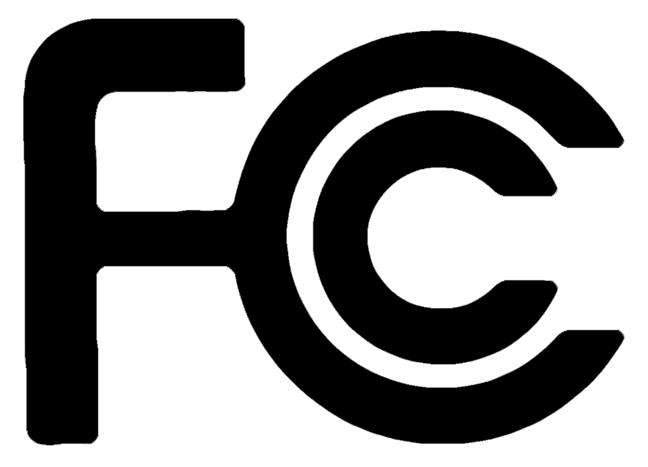
News Media Information 202 / 418-0500
445 12th Street, S.W.
Internet: http://www.fcc.gov
Washington, D. C. 20554
TTY: 1-888-835-5322
This is an unofficial announcement of Commission action. Release of the full text of a Commission order constitutes official action.
See MCI v. FCC. 515 F 2d 385 (D.C. Circ 1974).
FOR IMMEDIATE RELEASE:
NEWS MEDIA CONTACT:
July 19, 2012
Neil Grace (202) 418-0506
Email: neil.grace@fcc.gov
FCC RELEASES SECOND “MEASURING BROADBAND AMERICA” REPORT;
NATIONWIDE TEST OF WIRELINE BROADBAND SERVICE REVEALS
IMPROVED BROADBAND PERFORMANCE
Washington, D.C. – The Federal Communications Commission today released the results of its ongoing,
nationwide performance study of residential wireline broadband service in its second “Measuring
Broadband America” report. The report continues the Commission’s efforts towards bringing greater
clarity and competition to the home broadband services marketplace. This year’s Report reveals that
broadband providers have significantly improved accuracy in actual versus advertised speeds during the
past year and that consumers are subscribing to faster speed tiers and receiving faster speeds than ever
before.
FCC Chairman Julius Genachowski said, “Millions of Americans have improved broadband performance.
This is good news for consumers and the economy, but we need to keep pushing for faster broadband
speeds and greater capacity. Bandwidth abundance is essential to driving innovation and unleashing the
benefits of broadband, including increased education, healthcare, and job-creation opportunities across the
country.”
The FCC released the first Measuring Broadband America Report in August 2011. That Report covered
data collected in March 2011 and found that most broadband providers who participated in the study were
providing over 80 percent of advertised speeds during peak usage periods. The July 2012 Report reflects
data collected from participating broadband providers in April 2012. Specifically, the Report indicates
two key areas of improvement.
First, broadband providers’ promises of performance are more accurate. In the time period measured for
the August 2011 Report, the average broadband provider delivered 87 percent of advertised download
speed during times when bandwidth demand was at its peak. During the time period measured for the
July 2012 Report, that number rose to 96 percent. FCC analysis indicates that the improvements of
Internet Service Providers (ISPs) in meeting their advertised speeds were largely driven by improvements
in network performance, and not downward adjustments to the speed tiers offered.
Second, consumers of broadband providers covered by the Report are subscribing to faster speed tiers and
receiving faster speeds than ever before. We found that the average speed tier that consumers were
subscribing to increased from 11.1 Megabits per second (Mbps) to 14.3 Mbps, an almost 30 percent
increase in just one year. Because providers also did a better job in the testing period for this report of
meeting or exceeding their advertised speeds, the actual increase in experienced speeds by consumers was
even greater than advertised speed, from 10.6 Mbps to 14.6 Mbps, representing an almost 38 percent
improvement over the one year period.
The FCC began focused attention on this issue in the National Broadband Plan. Since then, by continuing
to shine a spotlight on actual versus advertised speeds, the FCC is ensuring accountability, increasing
transparency and enhancing competition in the marketplace. The Report is part of a comprehensive series
of initiatives that draw upon cooperation between the Commission, industry, and other stakeholders to
promote transparency and ensure that consumers get the information they need to make informed
marketplace decisions.
The increase in the availability and adoption of faster speed tiers is a positive indicator that the U.S.
market is moving toward the goal, set out in the NBP, that at least 100 million homes should have
affordable access to actual download speeds of at least 50 Mbps by 2015, and 100 Mbps by 2020.
Expansion in high speed networks across the country will provide economic opportunities, increase civic
engagement, deliver on the promise of better access to healthcare and online learning, and help fuel the
development of a smart power grid and a more highly interactive and responsive public safety network.
Infrastructure empowers innovation and innovation drives demand for infrastructure. Broader access to
fast broadband will encourage the expansion and adoption of cloud computing, more productive
telecommuting, online education, telemedicine, and more.
To read the complete July 2012 Measuring Broadband America Report, visit www.fcc.gov/measuring-
broadband-america.
-FCC-
Source: FCC